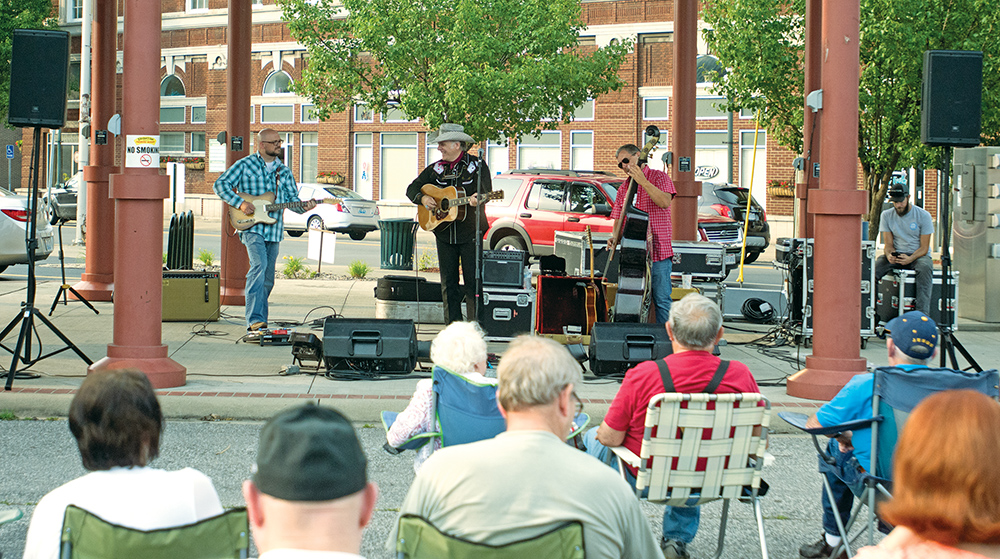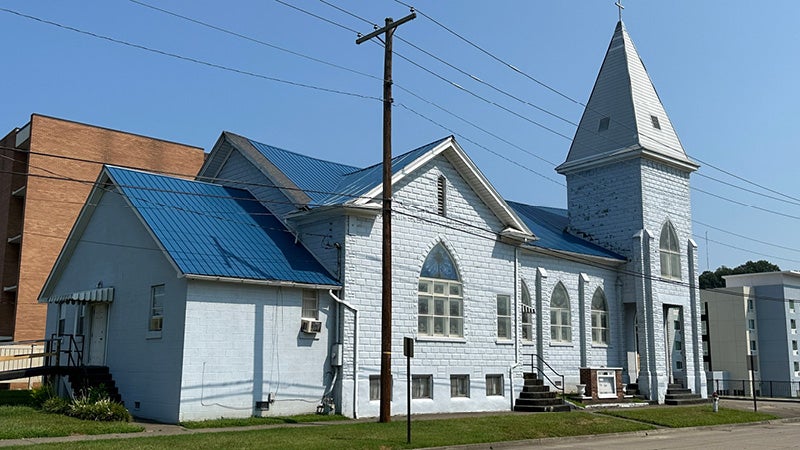Robotic Remedy
Published 11:47 am Tuesday, November 4, 2008
When people think of robots, they tend to think of science fiction movies like “Star Wars,” although robots have been used in plenty of real-world applications, including in the auto industry and the NASA shuttles.
But a little closer to home, a robot is helping to save lives.
Roaming the halls of St. Mary’s Medical Center is a robot that physicians are using to remotely assess the health of patients who may have had a stroke.
The RP-7, as the robot is called, is a wireless, mobile, Remote Presence unit.
The robot’s “face” is a monitor that shows the doctor on the other end of a remote camera. The doctor can see the patient to check for visual indicators of a stroke with two different cameras and the doctor and the patient can speak to each other in real time.
The robot even has a phone on its back so a patient or family member can confer privately with the doctor on confidential or private matters.
Each of St. Mary’s four neurologists has a laptop with a joystick and can log on anywhere in the country to operate one of these robots anywhere in the world. It allows the doctors to assess a stroke patient and to help the emergency room physician develop a treatment plan for the patient.
Neurologist Dr. Carl McComas said having the remote-viewing robot adds a whole new level to timely specialty consult to people who wouldn’t get it as quickly otherwise.
“With stroke patients, you have a narrow window for things to be done,” he said. “If you don’t get in that time window, it is all lost.”
He said he’s never used anything like the RP-7.
“This is a whole new ballgame,” McComas said. “It’s a little unnerving at first but once you’ve done it a couple of times, it is quite useful.”
He said one of the cameras could zoom into the point of seeing the pupils of the patient.
“The detail you can get is quite remarkable,” McComas said. “In fact, one of the patients I saw two or three weeks ago. Her face was so blown up on the monitor that I could see details you might not see in person.”
Christy Franklin, the director of the Neuroscience Department, said her first reaction to the robot was that it seemed like something from “The Jetsons” cartoon.
“But when you talk to it and realize there is a physician on the other end, it is very comfortable, really,” she said.
She said what makes the robot different than a computer on a cart is that it provides more of a remote presence.
“The physician operating the RP-7, he can move it more on his own, he’s more independent,” she said. “He can drive it to the location, he can move the cameras to zoom in to see the patient’s pupils.”
St. Mary’s Medical Center emergency department and the Pleasant Valley Hospital in Mason County, West Virginia have the robots, and McComas said eight other hospitals are expected to get the robots soon.
Franklin said the robot helps to fill a void at the hospitals that don’t have a neurologist on staff. In the past, doctors had to make a diagnosis over the telephone with a doctor on hand to help.
“With the robot, he can examine the patient and get more information,” she said. “They say a picture is worth a thousand words. That is especially true in the case of stroke patients.”





